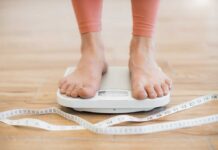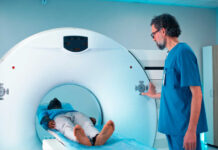
Living with chronic obstructive pulmonary disease (COPD) can be a battle, which makes learning how to prevent and manage symports a top priority. COPD includes a group of lung diseases such as chronic bronchitis, asthma, and emphysema, all of which cause difficulty breathing.
Symptoms of COPD flare-ups like coughing, wheezing, and breathlessness can be treated with oxygen and medication, but the more exacerbations you have, the more hospitalizations you will likely need.
Signs of a COPD Flare-Ups
During a COPD flare, your lung and airway functions can take a turn for the worse very quickly. Mucus can clog the bronchial tubes and the muscles surrounding your airways can dramatically constrict, cutting off your air supply.
Symptoms of a COPD flare-up are:
· wheezing
· fatigue
· coughing attacks
· shortness of breath
· increase of mucus
· issues with sleep
· cognitive impairment
Steps for Coping with COPD Attacks
Use a Quick-Acting Inhaler
Using a rescue or relief inhaler offers immediate relief with a stream of medication into your airway and lungs. These types of inhalers help relax the airway tissues, allowing you to breathe easier.
Oral Corticosteroids Offer Relief
Corticosteroids can reduce swelling, allowing your airways to let more air in and out of your lungs. These may already be part of your treatment plan for COPD or may be prescribed by your doctor for flare-ups to get airway and lung inflammation under control.
Use an Oxygen Tank
During a COPD flare, using supplemental oxygen at home is one way to avoid having to take a trip to the emergency room. Creating an action plan with your doctor utilizing oxygen treatment can help manage COPD exacerbations while staying at home.
Mechanical Intervention
If oxygen, steroids, and your inhaler do not help ease your flare-up symptoms, it is important to get immediate medical care.
Mechanical ventilation can drastically improve COPD breathing issues and can be lifesaving in extreme situations.
Seeking Help and What That Looks Like
If at-home treatment does not improve symptoms, seek medical care or call an ambulance immediately. Staying as calm as possible is important.
Once at the hospital, you will likely need a continuous nebulized bronchodilator to reduce symptoms and possibly an IV to rehydrate your system. Mechanical ventilation and antibiotics are also possible treatments depending on the severity of your COPD symptoms.
Learning to prevent and manage COPD flare-ups can help you stay on top of the initial symptoms of an attack and avoid urgent medical intervention.


















